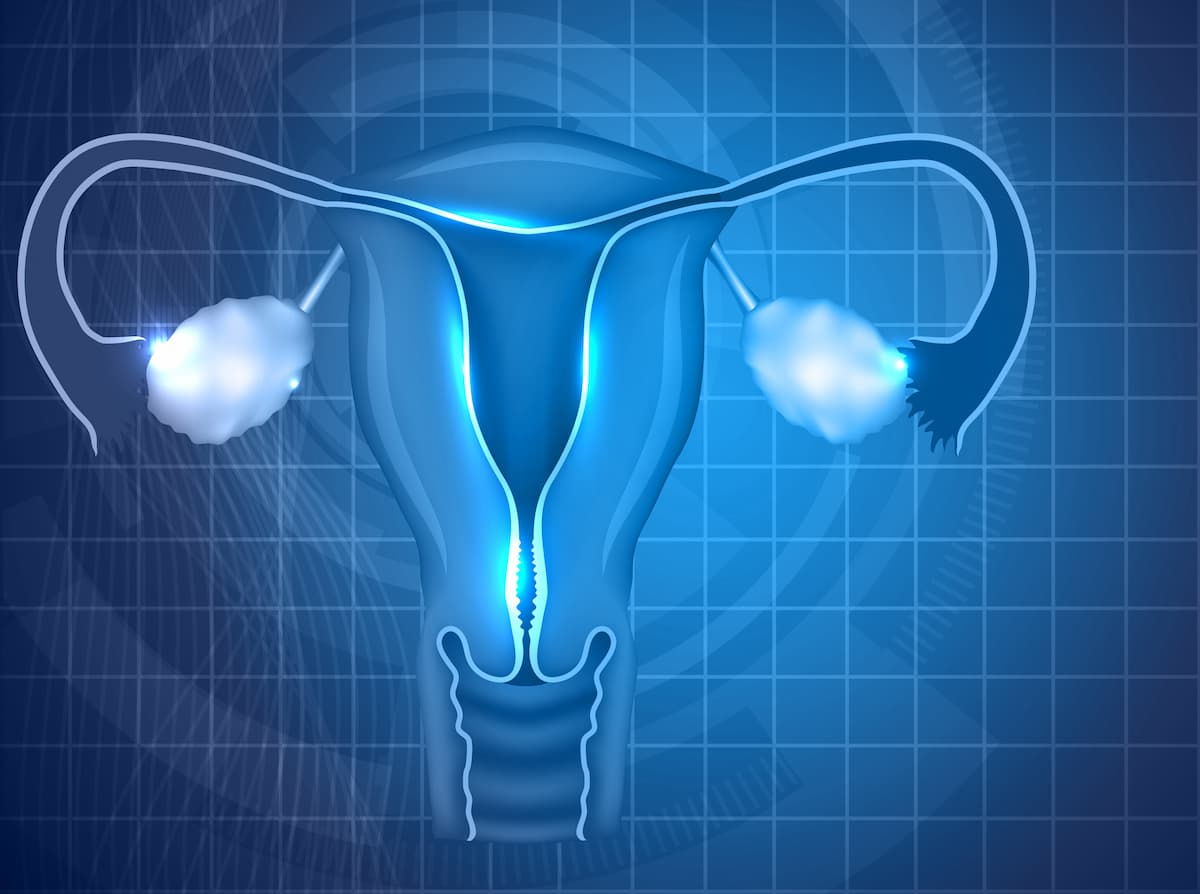Pembrolizumab/Cisplatin and RT Enhance Responses in Unresectable Vulvar Cancer
For patients with unresectable vulvar cancer, an improved ORR was observed with pembrolizumab plus cisplatin and RT followed by maintenance pembrolizumab.
For patients with unresectable vulvar cancer, an improved ORR was observed with pembrolizumab plus cisplatin and RT followed by maintenance pembrolizumab.

The primary end point of objective response rate (ORR) was met for patients receiving pembrolizumab (Keytruda) plus cisplatin and radiation followed by maintenance pembrolizumab for patients with unresectable vulvar cancer, according to results from a phase 2 trial (NCT04430699) presented at the 2025 American Society of Clinical Oncology Annual Meeting.
At 6 months, the recurrence-free survival rate was 70% (95% CI, 48%-85%). The ORR was 75%, with 37.5% of patients having a complete response and 37.5% having a partial response. At the time of the presentation, Oladapo Yeku, MD, PhD, FACP, noted that 60% of patients were without disease.
“Pembrolizumab administered concurrently with cisplatin and radiation and as maintenance for a total of 12 cycles is safe for patients with locally advanced, unresectable, or metastatic squamous cell carcinoma of the vulva,” Yeku, director of translational research in the Gynecologic Oncology Program at Massachusetts General Hospital in Boston and assistant professor at Harvard Medical School, said during the presentation.
A total of 24 patients with locally advanced, unresectable metastatic or recurrent squamous cell carcinoma of the vulva were enrolled in the trial. From day –28 to –1, staging scans and screening laboratory tests of archival tissue were conducted and results were collected. From cycles 1 to 13, pembrolizumab was given every 3 weeks, cisplatin every week, and radiation daily for 2 to 8 weeks, followed by restaging scans; cycles 4 to 12 included maintenance therapy with pembrolizumab every 3 weeks.
Definitive intent radiation therapy was given at a median dose of 68.4 Gy to the primary tumor and 45 Gy to the pelvic, inguinal, and vulval region at the clinical target volume.
The primary end point was ORR, and the secondary end point was recurrence-free survival at 6 months. Exploratory end points included increase in T-cell receptor β (TCRβ) clonality, changes in circulating cytotoxic T cells, cytokine profiling, HMBG1, PD-L1 expression, mismatch repair status, human papillomavirus (HPV) status, and TP53 mutation.
Patients included in the trial must have had histologically or cytologically confirmed unresectable, incompletely resected, recurrent, or metastatic squamous cell carcinoma of the vulva. These patients were defined as having T2 or T3 primary tumors that were not amenable to surgical resection by the standard radical vulvectomy.
Patients must not have had prior therapy, and if they had recurrent disease, they were not allowed to have had 2 or more lines of cytotoxic therapy. If prior irradiation had occurred, they were allowed to enroll; however, the site considered for the study must not have received prior irradiation.
If the patients, in the opinion of the investigator, could not safely receive radiation at a minimum of 30 Gy in 10 fractions, they would be ineligible for enrollment.
The median patient age was 63 years, 92% were White non-Hispanic, and 71% had International Federation of Gynecology and Obstetrics stage II/III disease. Additionally, 63% had HPV-negative disease, 75% had microsatellite stability, 38% had null/mutant TP53 status, 0% had PD-L1 combined positive score (CPS) less than 1, 63% had CPS of more than 10, 71% had not received prior therapy, and 54% had low tumor mutational burden.
There was a correlation between response and proteins observed in the exploratory end points, according to Yeku. These included HMGB1, CD8 positivity, IL-2 positivity, and TCRβ.
Serious adverse events (AEs) of grade 1/2 and grade 3/4 included acute kidney injury (0% vs 8%), thromboembolic event (0% vs 4%), and urinary tract infection (0% vs 4%).
Treatment-emergent AEs that were most prevalent and were grade 1/2 or grade 3/4 included anemia (50% vs 33%, respectively), neutrophil count decrease (8% vs 17%), and platelet count decrease (38% vs 13%), Yeku noted.
Immune-related AEs of grade 1/2 or grade 3/4 included diarrhea (25% vs 8%, respectively), dermatitis radiation (0% vs 4%), and acute kidney injury (4% vs 0%).
Yeku highlighted several limitations of this study, including the small sample size, but noted that vulvar cancer is a rare disease. The patient population was also heterogeneous, with patients having different disease stages, and 2 patients had already been treated with cisplatin and radiation. Additionally, this was a single-arm study.
Reference
Yeku O, Russo A, Bregar A, et al. Primary results of a phase 2 study of cisplatin-sensitized radiation therapy and pembrolizumab for unresectable vulvar cancer. Presented at: 2025 American Society of Clinical Oncology Annual Meeting; May 30-June 3, 2025; Chicago, IL. doi:10.1200/JCO.2025.43.16_suppl.5511